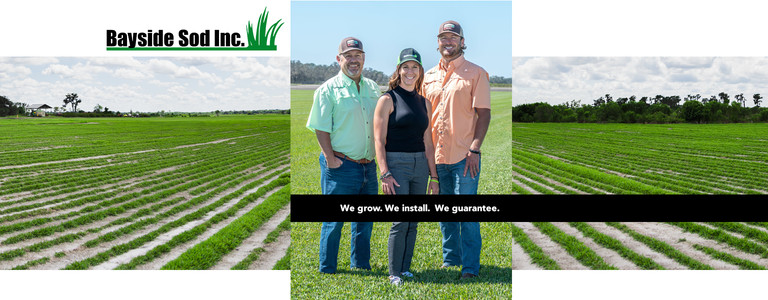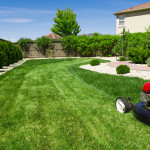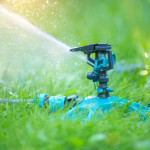 When it comes to creating a lush, green lawn, sod delivers instant results. But even experienced installers can hit a few snags along the way. Let’s break down some common sod installation mistakes and how to avoid them so you can enjoy a healthy, picture-perfect yard.
When it comes to creating a lush, green lawn, sod delivers instant results. But even experienced installers can hit a few snags along the way. Let’s break down some common sod installation mistakes and how to avoid them so you can enjoy a healthy, picture-perfect yard.
Skipping proper soil prep:
The biggest mistake often happens before the sod even touches the ground: neglecting soil preparation. Think of your soil as the foundation of a house—it needs to be solid, level, and nutrient-rich to support what’s above. Skipping this step can lead to uneven patches and weak root growth.
How to avoid it:
Test and amend your soil to ensure it has the right balance of nutrients. Clear away debris, till the soil, and level it out. A smooth, healthy foundation gives your sod the best chance to thrive.
Missing proper soil contact:
Sod roots need to touch the soil directly to establish themselves. Gaps or air pockets between the sod and soil can dry out the roots before they have a chance to grow, leaving your lawn looking patchy.
How to avoid it:
Once the sod is laid, use a roller to press it gently into the soil. This ensures good contact and encourages the roots to take hold, giving you a healthier, more secure lawn.
Watering the wrong way:
Watering your new sod isn’t as simple as turning on the sprinkler and walking away. Overwatering can lead to fungal problems or root rot, while underwatering can dry out the sod before it has a chance to root.
How to avoid it:
Keep your sod consistently moist (but not waterlogged) during the first few weeks. Gradually reduce watering as the roots grow deeper, which helps your lawn become more drought-resistant.
Installing sod at the wrong time:
Timing is everything. Installing sod during extreme weather—like the heat of summer or the cold of winter—can make it harder for your lawn to establish roots and flourish.
How to avoid it:
Aim for spring or early fall when temperatures are at their most mild. This gives your sod the best conditions to grow strong without having to battle extreme heat or cold snaps.
Neglecting measurements:
Not measuring your lawn properly can lead to ordering too much sod (which can be wasteful and expensive) or too little, which can result in frustrating gaps or a patchy lawn.
How to avoid it:
Take precise measurements of your lawn before ordering your sod. If you’re unsure, consult a professional (like us!). Ultimately, it’s better to have a little bit of extra sod than to fall short and compromise your project.
Mowing too soon:
After installation, it’s tempting to grab the mower as soon as your lawn looks ready. But try to resist the urge! Mowing too early can damage or uproot the sod, delaying its establishment.
How to avoid it:
Wait about two to three weeks until the roots are firmly established. When it’s time, set your mower to a higher setting to avoid cutting the grass too short, which can stress your new lawn.
Ignoring post-installation care:
The installation job isn’t over once the sod is down. Neglecting ongoing care like fertilizing, aeration, and proper mowing can undo all your hard work and you don’t want to risk that!
How to avoid it:
Create (and stick with) a maintenance routine that suits your sod type. This routine should include regular fertilization, periodic aeration, and mowing with sharp blades at the correct height for your grass.
A thriving lawn really comes down to the details. From prepping the soil to ongoing maintenance, each step you take plays an important role in creating the yard of your dreams—and envy of your neighbors. With these simple tips, you’ll be able to avoid the most common mistakes and enjoy a lawn that’s as satisfying to look at as it is to walk on.







